Our Story
Wetland Revival Trust (WRT) is a not-for-profit organisation established by ecologists Damien Cook and Elaine Bayes. Damien and Elaine were the directors of Rakali Ecological Consulting, a successful for-profit company focussed in Northern Victoria from 2012 to 2021. To achieve their broader vision of a restored wetland landscape, refuges for threatened species and climate change resilience in the southern Murray Darling Basin, they made the decision to establish a not-for-profit organisation; the Wetland Revival Trust.
WRT’s legal structure allows us to:
- apply for government and non-government grants to deliver landscape restoration.
- receive donations from diverse sources into our Public Fund account.
- provide professional ecological consultancy and ecological restoration services based on over three decades experience’
(see example of before and after restoration below).
Income generated from these funds will drive wetland restoration, purchase, and ongoing care.
To maintain transparency and fulfil our legal obligations as an environmental charitable Trust, we have a Committee of Management that oversees the Wetland Revival Public Fund and ensures we act in accordance with the purposes of the Trust. The Committee appoint an independent registered company auditor who conducts an annual audit of our finances that are prepared and managed by a registered accountant.
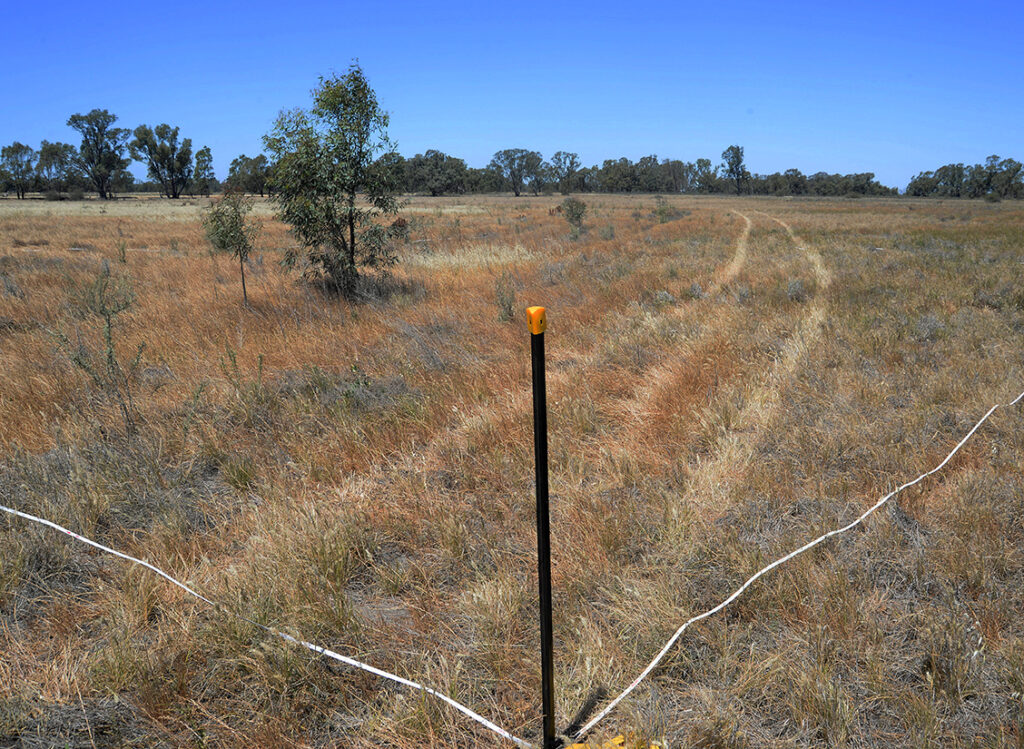
Left: Monitoring point at Brolga Swamp before the restoration of hydrology, planting and direct seeding in November 2014
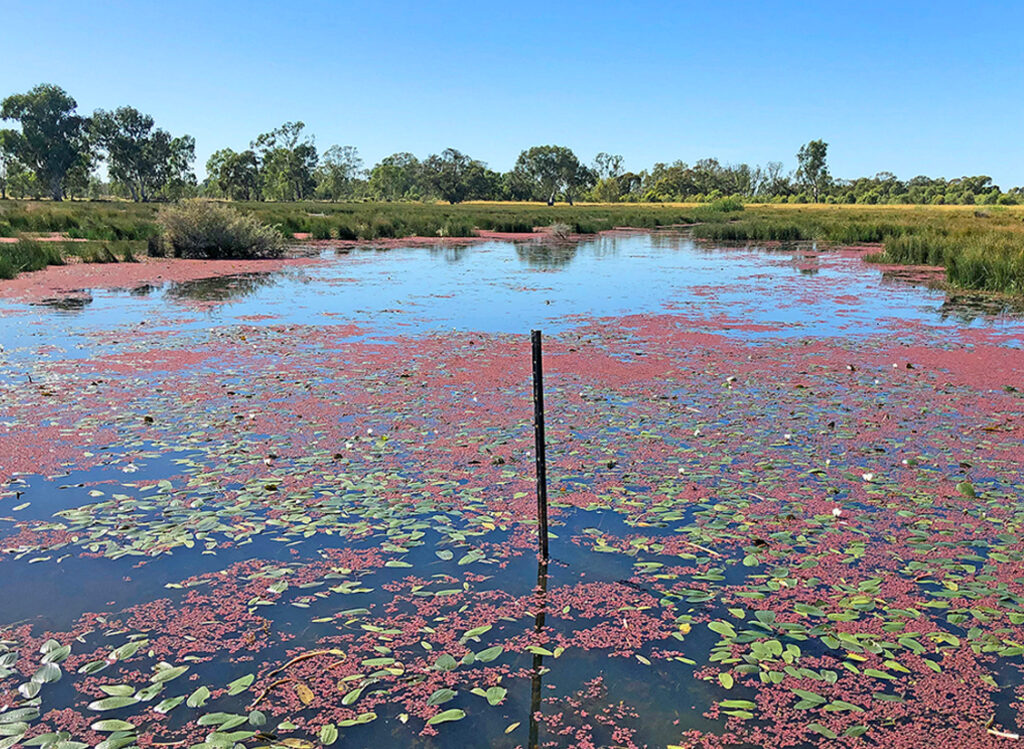
Right: The same area shown in January 2021, 6 years after restoration works began and the wetland has been filled with environmental water on three occasions. There has been a 400% increase in the diversity of wetland plants, the nationally vulnerable Growling Grass Frog has re-colonised the wetland and over 50 species of wetland birds have been observed.
Where we work and why
Wetland Revival Trust’s focal landscape is Northern Victoria and the wider southern Murray Darling Basin.
The southern Murray Darling Basin’s wetlands were once both extensive and spectacular, a Kakadu of the south. River regulation, European agriculture and other land management have starved of water or drowned many of these wetlands, leading to habitat degradation. Despite this degradation many wetlands of the riverine plains are biodiversity hotspots that have high ecological significance for breeding water birds, the conservation of threatened plant species and communities and provide drought refuge for fish, turtles and frogs.
Past land and water management have resulted in over 10,000 hectares of wetlands with dead tree canopies and degraded ground layers. These wetlands and the incredible plants and animals, agricultural systems and rural communities they still support face increasing threats to their survival, including changes to hydrology, vegetation clearing, weeds and pest animals, climate change and salinity.
Our vision is to restore wetlands across the southern Murray Darling Basin to improve their resilience to threats such as climate change. Our Blueprint for Action (BFA) sets our priority actions over the next five years to:
- Restore hydrology: 500 hectares.
- Revegetate to improve vegetation condition: 2,740 hectares.
- Control weeds: 400 hectares.
- Purchase wetlands for long term protection
- Monitoring and adaptive management: 795 hectares.
- Fill knowledge gaps: over 10,000 hectares.
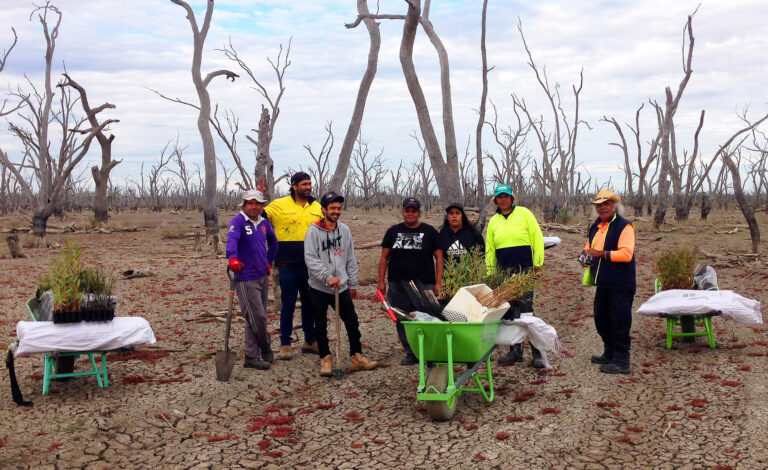
Planting Red Gums (Eucalyptus camaldulensis) that would take centuries to regrow unassisted (without our help). Just one example of over 10,000 hectares of wetlands needing restoration of living trees and ground layer vegetation.
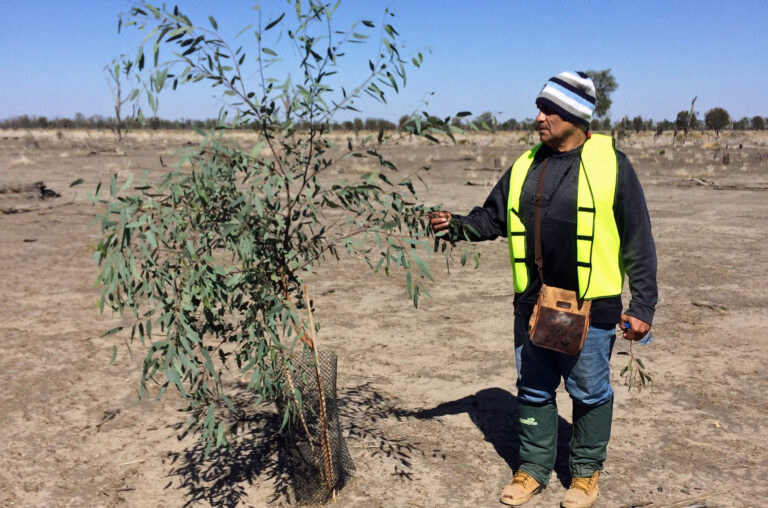
Restoration plantings, the beginnings of hope in a degraded landscape
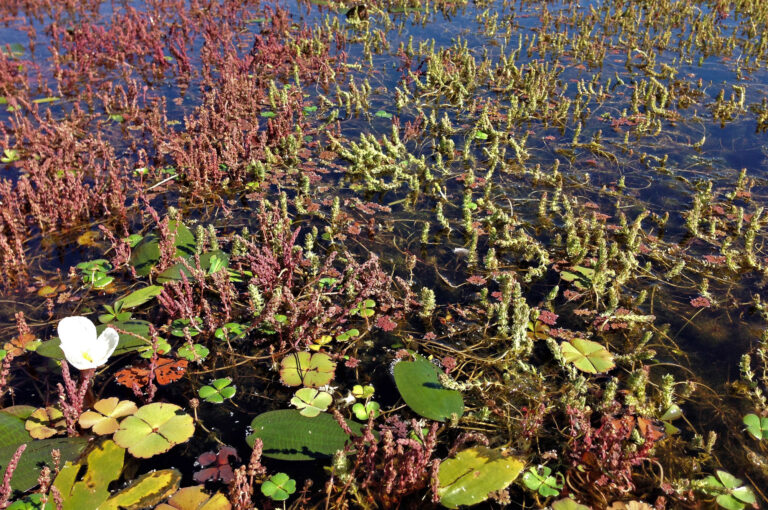
Restored wetland vegetation at Wirra-lo

What is the Wetland Revival Trust logo?
The Wetland Revival Trust logo depicts a Rakali diving next to a Water Ribbon. The Rakali is sometimes referred to as the Water Rat, but its behaviour and appearance is more like an otter than most rat species. Rakali were historically shot and trapped for their water-repellent fur, and consequently their numbers plummeted. However, since being protected their populations have thrived and they are now quite numerous in many wetland and riparian environments and are tenacious survivors in both more natural and modified habitats. Water Ribbons are aquatic plants that form an important part of the structure of several wetland plant communities, providing important habitat, and can survive both prolonged flooding and drying. They have tuberous root systems for surviving dry times, and the tubers are edible for both people and wildlife such as Brolga and Magpie Geese. Wetland Revival Trust hopes to emulate the tenacity of the Rakali and the nurturing qualities of Water Ribbons.